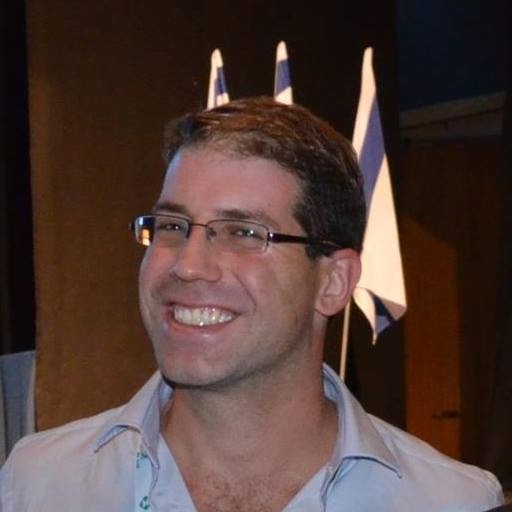Canadian-Israeli Development: A New Biological Pacemaker

A new class of biological pacemaker is promising notable advantages over traditional, electronic pacemakers that are widely used today. In the healthy body, the heart’s ‘natural pacemaker’ (the sinoatrial (SA) node), consists of a group of dedicated heart cells – SA node pacemaker cells – which are responsible for initiation of the electrical signal leading to the contraction of the heart. A dysfunction in activity results in a slow heart rate and could disrupt cardiac function, leading to weakness, dizziness, fainting, heart failure and even death. Treatment requires the implantation of an artificial, electronic pacemaker, which corrects the dysfunction of the natural pacemaker mechanism using electrodes inserted into various areas of the heart.
Publishing in The journal Nature Biotechnology, the Canadian-Israeli research have introduced a biological pacemaker whose effectiveness has been demonstrated in both cell cultures and live rats. The group includes Technion Prof. Lior Gepstein from the Rappaport Faculty of Medicine at the Technion and Rambam Heath Care Campus.

Dr Udi Nussinovitch
The biological pacemaker strategy is based on the use of cells that are functionally similar to natural pacemaker cells. The Canadian-Israeli team of researchers, spearheaded by Dr. Stephanie Protze and Prof. Gordon Keller from the Toronto’s McEwen Center for Regenerative Medicine, applied knowledge in developmental biology to develop a differentiation protocol for the creation of pacemaker cells from human embryonic stem cells.
Embryonic stem cells are cells that can, potentially, turn through proliferation into hundreds of types of mature cells (muscle cells, bone cells, neurons etc.). The researchers were able to direct the embryonic stem cells to develop into cardiac pacemaker cells. Experiments conducted in the lab demonstrated the effectiveness of these cells as a substitute for natural pacemaker cells.
Co-author Prof. Lior Gepstein, of the Technion Rappaport Faculty of Medicine and Director of the Cardiology Department at Rambam Heath Care Campus, is an internationally renowned expert in stem cells, particularly in the use of stem cells in repairing heart defects. One of his latest studies, which presented a new approach to the treatment of abnormal heart rhythm by means of light, was published earlier this year in the same journal (Nature Biotechnology).

“The pacemaker generated from embryonic stem cells exhibits the molecular, electrical and functional properties characteristic of human pacemaker cells,” said Prof. Gepstein. “Therefore, what we have here is an effective and promising alternative to natural pacemaker cells in the event of their dysfunction. This development is significant both in terms of research, because it will enable scientists to study the heart in new ways, and in practical terms – since we are presenting an ‘assembly line’ here for an unlimited reservoir of pacemaker cells to treat patients with heart rhythm problems.”
To demonstrate the future clinical use of the cells as biological pacemakers, experiments on rats were conducted in the Gepstein laboratory by Dr. Udi Nussinovitch. Pacemaker cell transplants restored normal heart rhythm in 6 of the 7 rats that were tested. “We have previously demonstrated the concept of biological pacemakers, but until now the cells we used contained a mixture of pacemaker cells with other heart cells,” said Prof. Gepstein. “Together with our Canadian partners, we present a method for producing a population of pure pacemaker cells and, as stated, we prove that they work well as a substitute for natural pacemaker cells that have been damaged.”
Electrical pacemakers have many limitations, including the need for an invasive surgical procedure, danger of infection, a lack of hormonal sensitivity and a limited duration of activity (due to battery depletion). Moreover, when it comes to treating children whose hearts are still growing, the electrical pacemaker does not adapt itself to the gradual increase in cardiac volume.
Prof. Gepstein and his partner at the Technion and Rambam, Dr. Udi Nusinoch, note that the study was led by Prof. Gordon M. Keller from McEwen Centre for Regenerative Medicine and also included collaboration with Dr. Peter Backx, senior scientist at the Peter Munk Cardiac Centre, both from the University Health Network in Toronto.
The study was conducted within the framework of cooperation between the Technion and the Canadian University Health Network (UHN), which is headquartered in Toronto. Some three years ago, the two bodies established Technion-UHN International Centre for Cardiovascular Innovation aimed at developing new ways to treat heart disease. Prof. Lior Gepstein led the initiative from the Israeli side.
Publication in Nature Biotechnology, December 16th 2016





